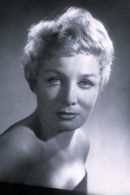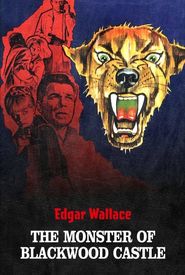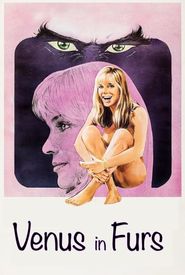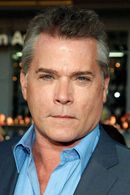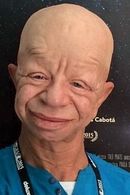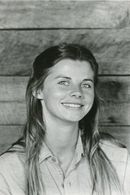Mady Rahl, a stunning platinum blonde with a smoky voice, was the epitome of German cinema's "Sportsmädel" in the 1930s and 1940s. During World War II, she was touted in Nazi propaganda as the ideal representation of Germanic femininity. Her association with high-ranking officials, including the notorious Joseph Goebbels, severely damaged her career in the aftermath of the war.
Despite this, Rahl rebounded in the 1950s as a more versatile and accomplished actress, although not necessarily a bigger star. Her strong will, commanding presence, and aristocratic air made her a standout on screen. From a young age, Rahl was determined to pursue a career in the performing arts, financing her acting and dance classes through secretarial work as a skilled typist and stenographer.
Rumors suggest that she made her stage debut in Leipzig without an audition, thanks to her captivating looks and demeanor. Film work soon followed, courtesy of a young director named Detlef Sierck, who would later achieve fame and fortune in Hollywood as Douglas Sirk. Sierck cast Rahl in his first film, a short comedy, as a secretary, a role that seemed fitting given her background.
Her breakthrough role came in the lavish circus drama Truxa (1937),where she co-starred alongside the renowned dancer La Jana. This was followed by a string of small roles in big Ufa productions, including To New Shores (1937) and Hallo Janine (1939),as well as leads in lightweight romantic comedies, such as Fräulein (1939) and Die lustigen Vagabunden (1940),opposite Johannes Heesters.
By the mid-1940s, Rahl had become one of Germany's most celebrated film stars. After a post-war hiatus, she reinvigorated her screen career with a series of dramatic character roles in prestige pictures, including Die Dame in Schwarz (1951),Haie und kleine Fische (1957),and Der Greifer (1958).
In the early 1960s, Rahl returned to the theatre, touring with the Munich-based "Kleine Komödie" and becoming a popular TV guest star, appearing in prime-time cop shows. She also found success as a voice-over artist, dubbing for actresses such as Gillian Anderson and Arlene Francis. By the mid-1990s, the thrice-married Rahl had retired from acting to focus on her other passion: painting. Almost blind and afflicted with dementia, Mady Rahl passed away in August 2009 at the age of 94.
